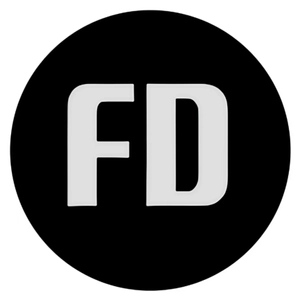The Clothing Brand Competition: Navigating the Fashion Battlefield
The fashion industry is one of the most competitive and dynamic markets in the world. From luxury labels to fast fashion giants and emerging sustainable brands, the race to dominate the clothing sector has never been fiercer. As trends shift rapidly and consumer preferences evolve, clothing brands must innovate, market strategically, and build strong brand identities to survive and thrive.
1. The Key Players in the Industry
The clothing industry is dominated by a mix of established fashion houses, mid-range brands, and up-and-coming designers. Some of the key players include:
Luxury Brands
Luxury fashion houses such as Gucci, Louis Vuitton, Chanel, and Prada set the tone for high-end fashion. These brands rely on exclusivity, craftsmanship, and strong brand loyalty to maintain their dominance.
Fast Fashion Giants
Zara, H&M, and SHEIN thrive on speed and affordability, churning out trendy designs at an astonishing pace. Their business model focuses on mass production, cost-effectiveness, and quick turnaround times.
Athleisure and Sportswear Leaders
Nike, Adidas, and Lululemon have revolutionized the activewear segment, blending style with functionality. With the rise of fitness culture and casual dressing, these brands have expanded beyond sports apparel into mainstream fashion.
Sustainable and Ethical Fashion Brands
With consumers becoming more environmentally conscious, brands like Patagonia, Reformation, and Stella McCartney are setting a new standard in ethical fashion. They prioritize sustainable materials, ethical labor practices, and eco-friendly production methods.
2. Challenges in the Clothing Brand Competition
Brand Differentiation
With thousands of fashion labels flooding the market, standing out is one of the biggest challenges. Brands must create unique identities, whether through design innovation, brand storytelling, or collaborations with celebrities and influencers.
Fast-Changing Consumer Preferences
Fashion trends are unpredictable, and what’s popular today might be outdated tomorrow. Brands need to stay ahead of the curve by predicting trends, engaging with fashion influencers, and adapting quickly to changing consumer demands.
Sustainability Pressure
As environmental concerns grow, consumers are demanding more sustainable products. However, balancing sustainability with profitability can be challenging for brands that rely on cheap labor and materials.
The Rise of E-Commerce and Social Media
Digital transformation has shifted the fashion battleground online. Brands must master digital marketing, influencer partnerships, and e-commerce strategies to stay relevant. Those that fail to leverage online platforms risk falling behind.
3. Strategies for Success in the Competitive Fashion Market
Strong Brand Identity
A strong brand story and aesthetic can help a clothing label gain recognition. Whether it’s luxury, streetwear, or minimalist fashion, a well-defined identity attracts loyal customers.
Innovative Marketing & Collaborations
Successful brands leverage influencer marketing, celebrity endorsements, and collaborations with designers or pop culture icons. Limited-edition collections and viral marketing campaigns help boost brand visibility.
Sustainable and Ethical Practices
Brands that invest in eco-friendly fabrics, ethical sourcing, and fair labor practices appeal to the growing base of conscious consumers. Transparency in production and sustainability efforts can give brands a competitive edge.
Adapting to Technology
From AI-driven fashion recommendations to virtual try-ons and personalized shopping experiences, technology is reshaping the fashion industry. Brands that embrace digital innovations will gain a significant advantage.
Conclusion
The clothing brand competition is fiercer than ever, but brands that innovate, embrace sustainability, and connect authentically with their audience can thrive. Whether you're a fashion enthusiast, a startup designer, or a business strategist, understanding the dynamics of the fashion battlefield is key to navigating this exciting industry.
Would you like insights on a specific clothing brand or sector? Let me know!


